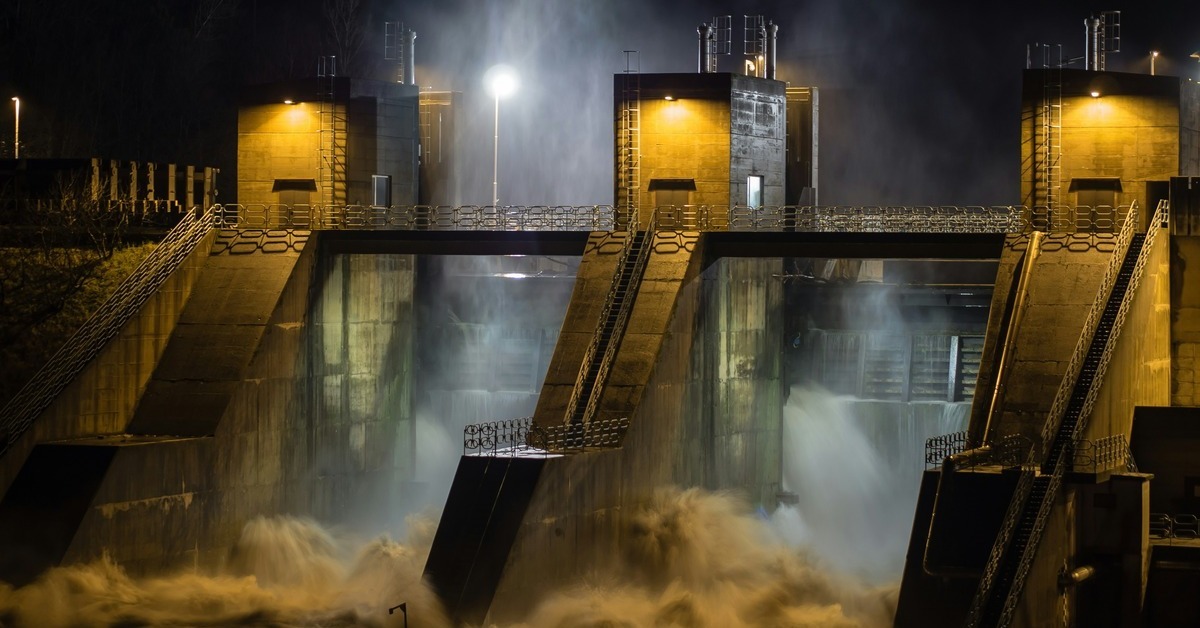Energy storage has been a topic of interest for many years, as the demand for energy increases and the sources of energy continue to deplete. Despite advances in technology, storing energy efficiently remains a significant challenge. The reasons why it is difficult to store energy and why it is usually consumed immediately when generated are complex and multifaceted. In this blog post, we will explore these challenges in more detail.
Energy – an intangible asset
One of the primary reasons why energy storage is difficult is that energy itself is intangible. Unlike physical objects that can be stored in a container, energy must be converted into a different form for it to be stored. The most common forms of energy storage include chemical, mechanical, and electrical storage. Each of these methods has its own set of challenges, making it difficult to store energy efficiently.
Chemical energy storage in batteries
Chemical energy storage involves converting electrical energy into chemical energy, which is then stored in batteries. Batteries have become increasingly popular in recent years, but they still have limitations. Batteries can only store a limited amount of energy and are subject to degradation over time. This means that batteries lose their ability to store energy over time, reducing their lifespan and effectiveness. Additionally, the materials used in batteries can be expensive, making it challenging to scale up energy storage at a cost-effective price.
Mechanical energy storage
Mechanical energy storage involves storing energy in the form of potential energy, which is then converted back into kinetic energy when needed. Examples of mechanical energy storage include pumped hydroelectric storage and compressed air energy storage. These methods have their own set of challenges. Pumped hydroelectric storage requires specific geographic features, such as hills and valleys, making it difficult to implement in many areas. Compressed air energy storage requires large storage tanks, making it difficult to scale up for large-scale energy storage.
Electrical energy storage
Electrical energy storage involves storing energy in the form of an electric field or magnetic field. Examples of electrical energy storage include capacitors and superconducting magnetic energy storage. These methods have limitations, such as the ability to store only a limited amount of energy and the high cost of materials.
Energy demand is unpredictable
Another reason why energy storage is difficult is that the demand for energy is often unpredictable. Energy is consumed as soon as it is generated because it is difficult to predict when it will be needed in the future. This means that energy generation and consumption must be carefully managed to ensure that there is a sufficient supply of energy when it is needed.
In addition to the challenges of energy storage, there are also economic barriers to energy storage. For example, there often is a lack of incentives for energy companies to invest in energy storage because they make more money by selling energy as soon as it is generated. Additionally, there are political barriers to energy storage, such as regulations and policies that favour certain forms of energy generation over others.
The future outlook
Despite these challenges, there has been significant progress in energy storage technology in recent years. Advances in battery technology, for example, have made it possible to store more energy in smaller and lighter batteries. Additionally, there has been an increased focus on renewable energy sources, such as wind and solar, which can help to reduce the demand for non-renewable energy sources and reduce the need for energy storage.
In conclusion, energy storage remains a significant challenge, but there is hope for the future. As technology continues to advance and renewable energy sources become more prevalent, energy storage solutions will become more efficient and cost-effective. Additionally, policies and regulations can be put in place to incentivise energy companies to invest in energy storage solutions. By addressing the challenges of energy storage, we can create a more sustainable energy future. If you want to dive deeper into the topic of energy storage, you can start to read more here.
